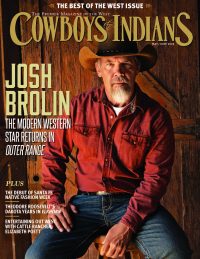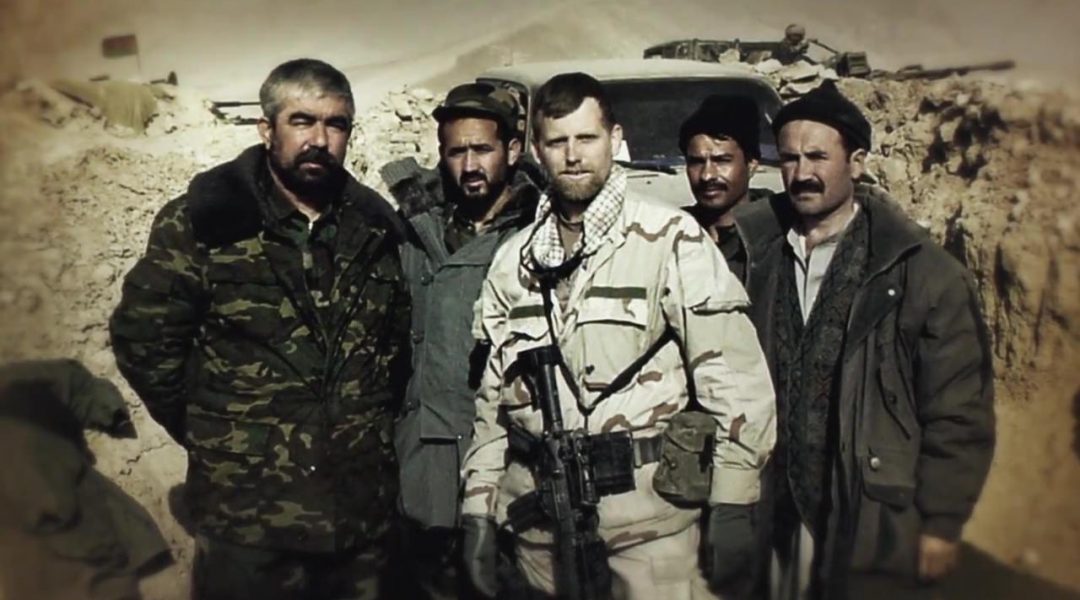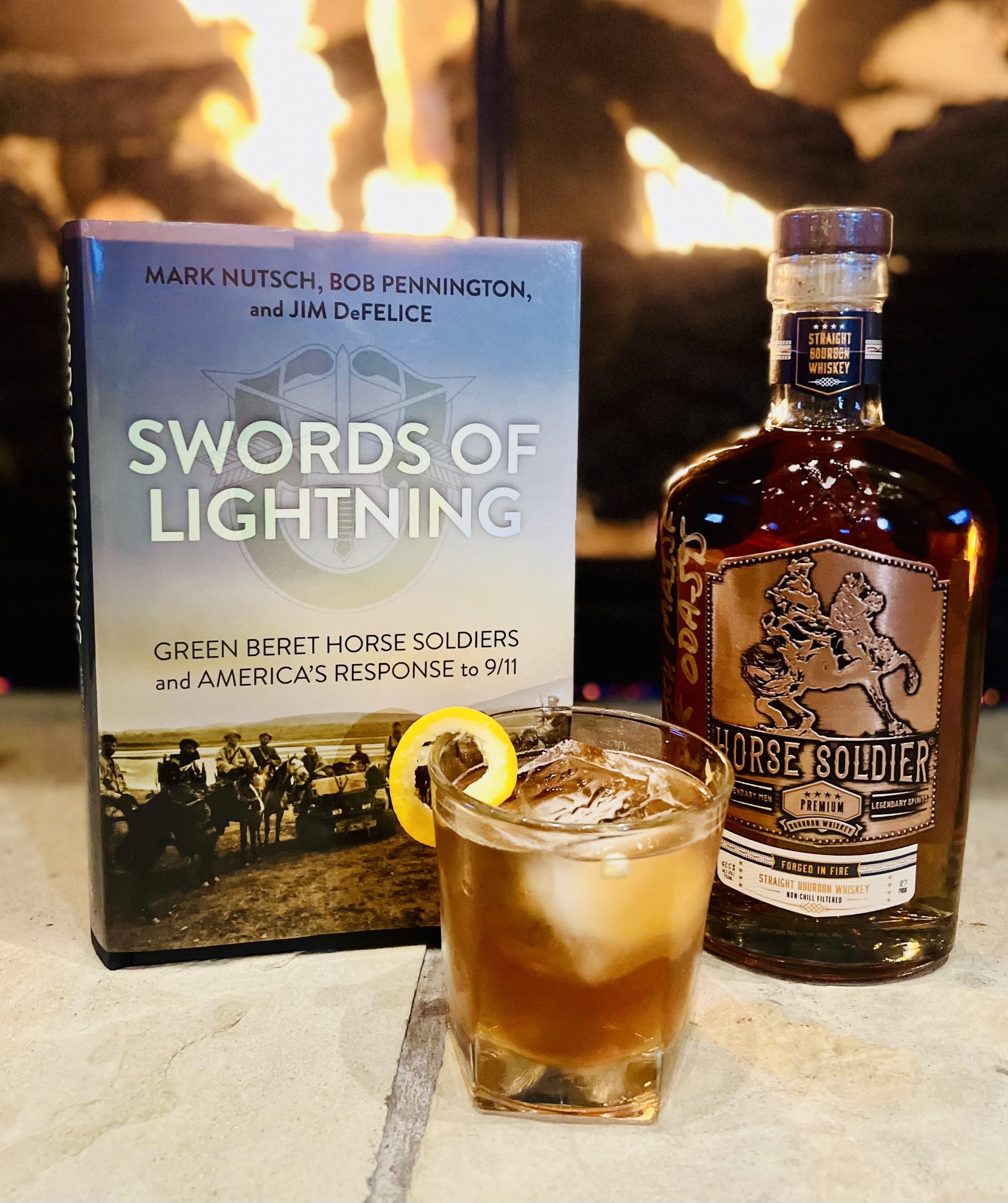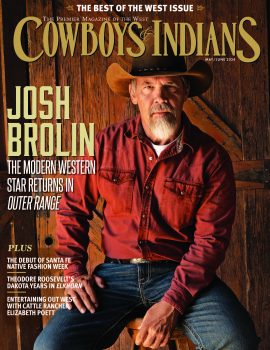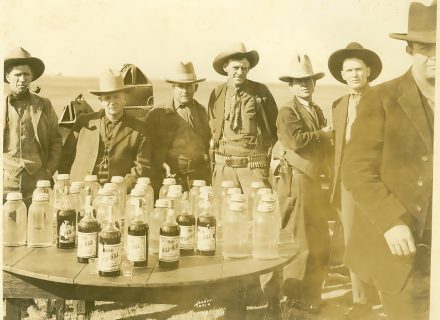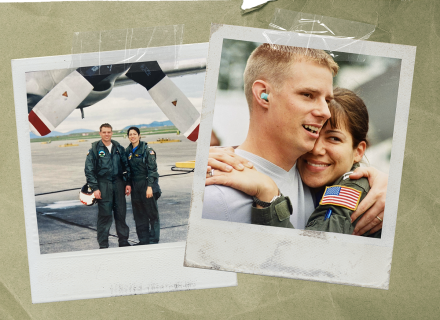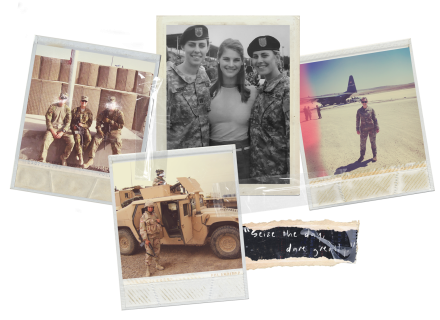As a U.S. special forces leader in Afghanistan, Mark Nutsch led America’s opening charge — literally — in the War on Terror.
If you’re not the type who puts stock in concepts like fate or providence, okay. Absent that, though, the only way to make sense of the story of Mark Nutsch is by calling it one of the craziest — and most fortunate — coincidences in the annals of military history. And horsemanship.
Among the first soldiers sent to Afghanistan in October 2001 — mere weeks after the 9/11 Al-Qaeda terrorist attacks on American soil — Nutsch was a U.S. Army special forces captain in charge of Operational Detachment Alpha 595. The 12-man Green Beret outfit’s mission was to partner with opposition fighters and help overthrow the country’s oppressive Taliban government, which had been harboring Al-Qaeda leader Osama bin Laden. Exactly how they were supposed to do this no one quite knew. Intel was sparse. The commanders who sent the men of ODA 595 into the hostile wilds of northern Afghanistan likely didn’t expect any of them to return alive.
One thing absolutely no one foresaw was that the highly trained and thoroughly modern fighting unit was going to carry out the first phase of its task on the backs of some of the toughest and orneriest horses on the planet. As they soon discovered, however, the rugged terrain and crude conditions made local horses the only reliable means of moving around Taliban positions. Fortunately for the men of ODA 595—and here’s where that luck or, if you prefer, the guiding hand of fortune, comes into play—one of them knew his way around a mount.
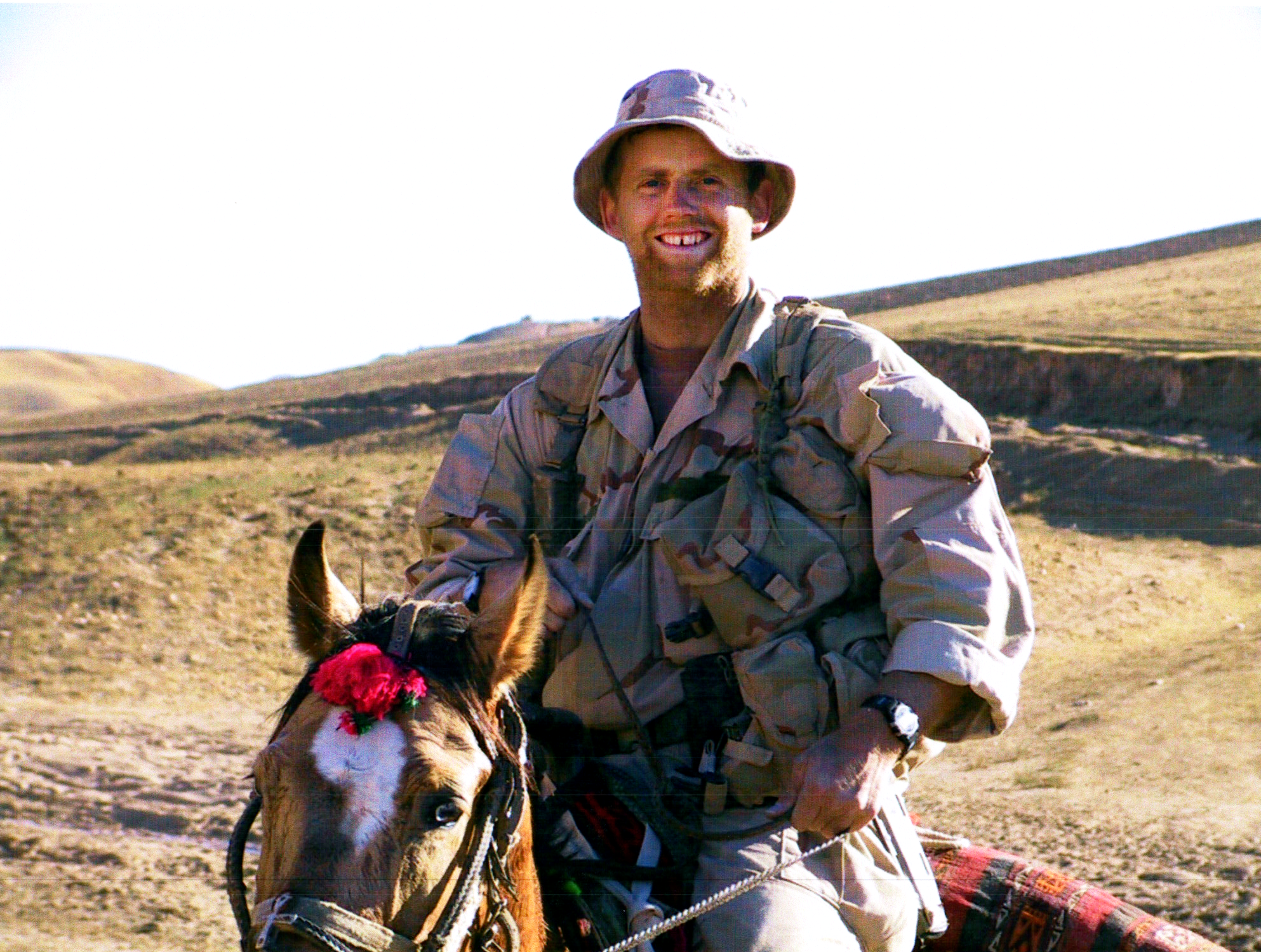 Capt. Mark Nutsch horseback in Afghanistan on a traditional carpeted saddle
Capt. Mark Nutsch horseback in Afghanistan on a traditional carpeted saddle
Nutsch had grown up on a cattle farm in Kansas, ridden horses and even done some rodeoing in high school and college at Kansas State University. With the then-32-year-old leading the first American Army cavalry patrol since WWII, ODA 595 helped raise a local militia to seize the vital Taliban stronghold city of Mazar-e Sharif. The capital of Kabul would fall in November.
“No one should have survived,” writes Nutsch in Swords of Lightning: Green Beret Horse Soldiers and America’s Response to 9/11. But we all did.”
It’s been a hero’s welcome at home. But asked if he’s gotten used to being called a true American hero, Nutsch demurs. “I had an incredible team of guys. They’re all heroes in my mind.”
The heroic exploits of the “Horse Soldiers” have since passed into legend. Nutsch was portrayed by Chris Hemsworth in the film 12 Strong. Special forces teams are famously commemorated with America’s Response Monument—a life-and-a-half scale bronze statue of a soldier on horseback—at the National September 11 Memorial & Museum in New York City. In November 2022 in Washington County, Kansas, Nutsch attended the dedication of the new Mark Nutsch Horse Soldier Monument and 9/11 Memorial. We caught up with him a few days after that latest honor to ask about being the horse-mounted spearhead of America’s response to the attacks of 9/11.
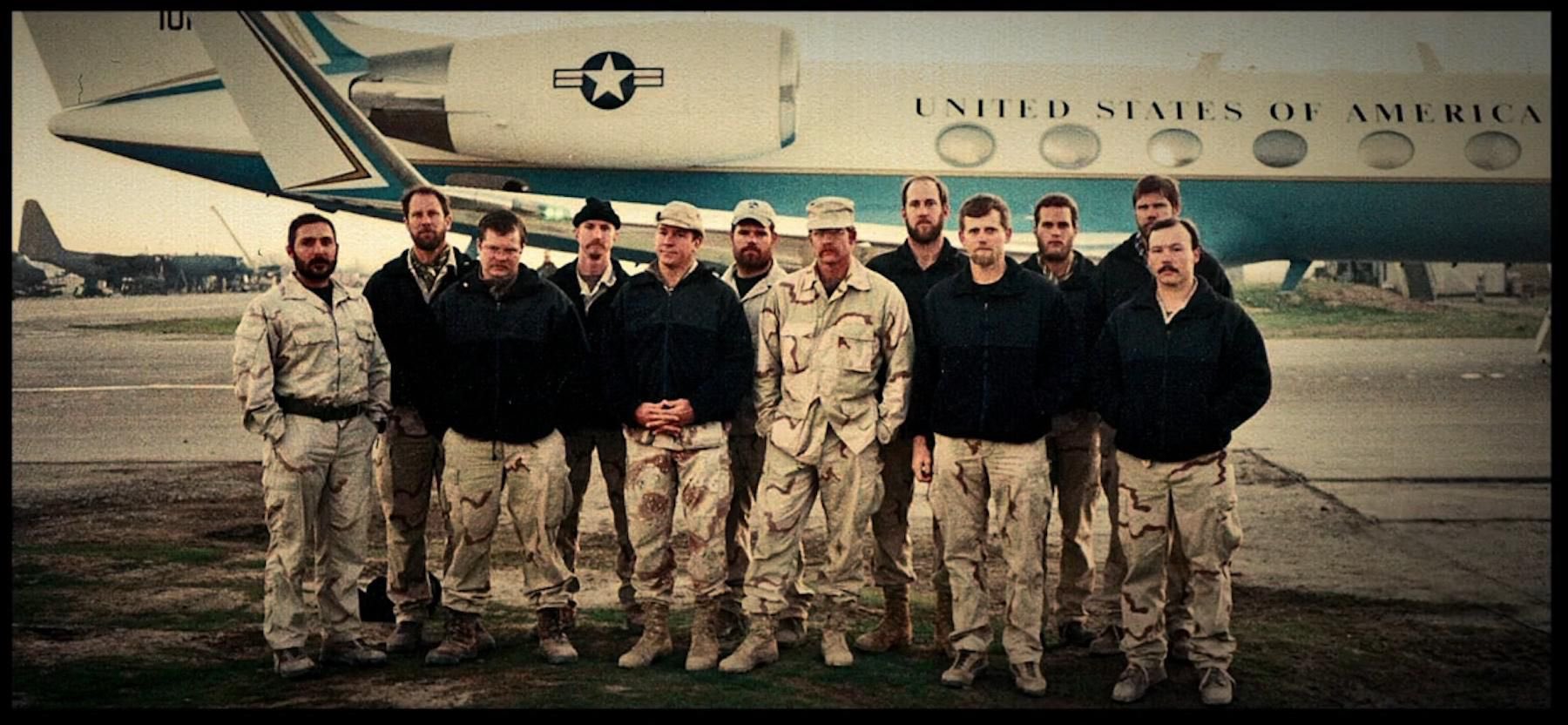 U.S. Army Special Forces team ODA-595 prepares to return to America following their historic unconventional warfare mission (taken January 2002)
U.S. Army Special Forces team ODA-595 prepares to return to America following their historic unconventional warfare mission (taken January 2002)
C&I: In your book Swords of Lighting you say, “The cowboys I grew up with helped prepare me for Afghanistan.” Can you elaborate?
Mark Nutsch: As a kid my dad [Larry Nutsch] team roped, and we spent several nights a week practicing team roping at our place. We had an arena, and on weekends we’d team rope in jackpots, youth, high school, and collegiate rodeos, gathering cattle and things like that. Just growing up around my dad’s friends, it was like having a bunch of uncles helping me out. Willie Schooler was a character that was always fun and laughable. He was my dad’s team-roping partner. They won the U.S. team-roping championships in their class in 2010 in Oklahoma City.
C&I: So you get to Afghanistan. You’re pressed into an ad hoc cavalry and discover none of your team has ever been on a horse before?
Nutsch: We had one other sergeant from South Dakota of Sioux heritage, Pete, and he had rodeoed a bit in high school. But the other 10 guys on our team had little to no experience. We joked they had quarter horse training—their mom and dad had put the coins in the mechanical machine at Kmart. Or ride ponies in a circle at the fair.
It was just by fate I had that background, experience, and upbringing. I found myself in the added role of trail boss. And giving basic riding lessons and helping our team get mounted while in combat situation.
C&I: What type of horses were you riding?
Nutsch: I grew up around quarter horses, showing AQHA as a kid, and that’s what we rode on the ranch. They ride stallions culturally in Afghanistan, and if you have more than two stallions together, they’re gonna fight. These central Asian horses were probably the descendants of what the Mongols rode. They looked like an Arabian crossbreed, 13 to 15 hands tall. Wiry with a lot of stamina. I equate them to our American mustangs.
C&I: And foul-tempered to boot. You’ve described their biting and protesting as “homicidal” and “maniacal.”
Nutsch: I joke about this. It doesn’t matter whether you’re going to team-roping or a cattle gathering in the Kansas Flint Hills. If you’re new to the group and you ask to borrow a horse, they don’t necessarily give you the good horse. That was evident in Afghanistan. They made a sport of giving us some of the rankest, nastiest horses nobody wanted to ride. My sergeants did an incredible job riding under those extreme and austere conditions. The horses would sometimes try to suddenly bite or kick another stallion that got too close. Sometimes even try to bite you as the rider. His was a constant safety issue you had to watch out for. With the winter weather coming on, there was a morning buck-out show as someone’s horse would suddenly start bucking out through the group. We cheered each other on. Getting back on was a challenge, but the team would cowboy up.
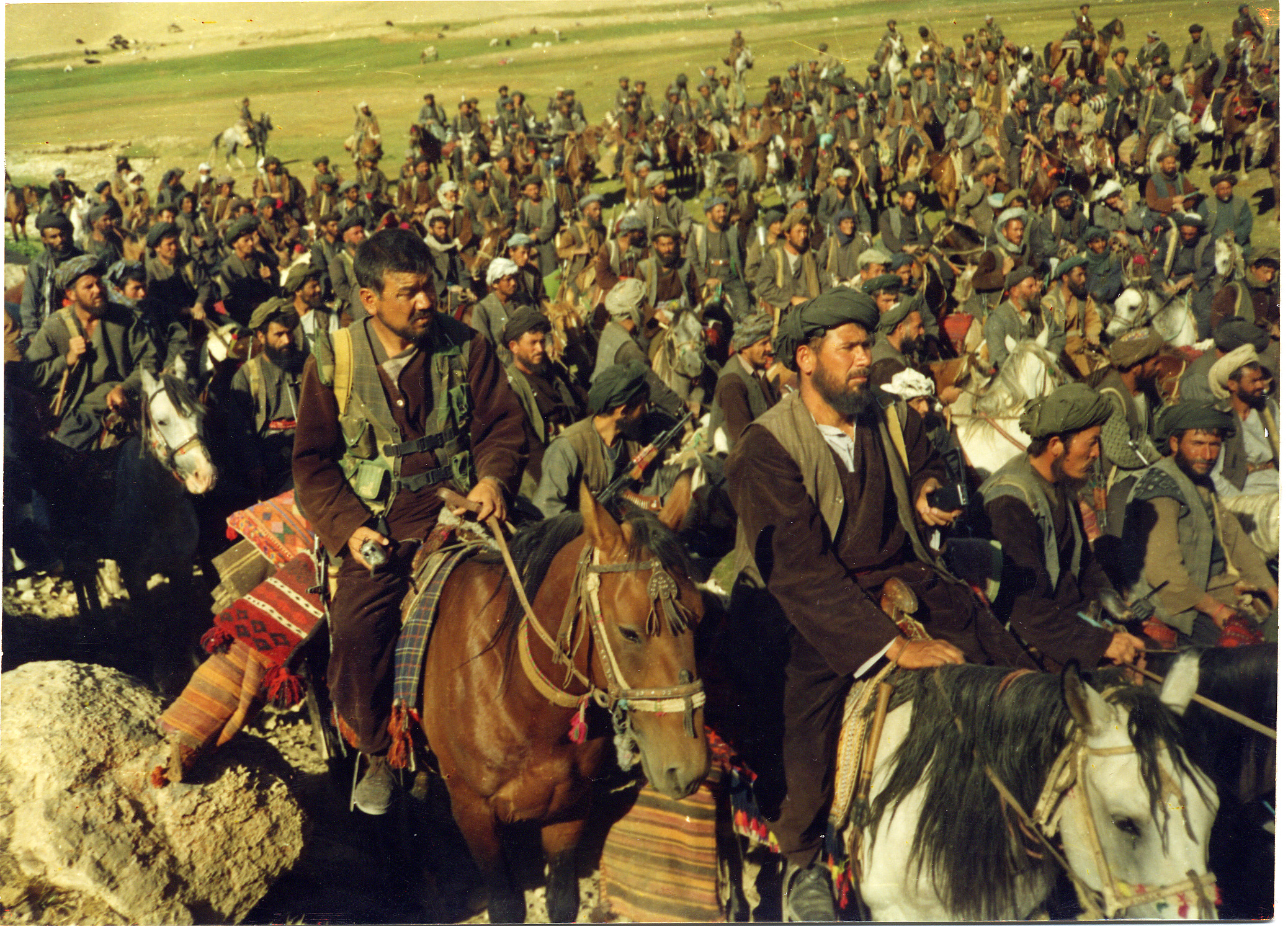 Gen. A.R. Dostum's horse-mounted forces rallied to fight the Taliban and liberated the northern provinces of Afghanistan
Gen. A.R. Dostum's horse-mounted forces rallied to fight the Taliban and liberated the northern provinces of Afghanistan
C&I: The saddles were problematic, too, right?
Nutsch: Their traditional saddles are just leather and sinew put together. There’s just a piece of carpet that slides over that saddle horn, and that’s what you’re sitting on. Their stirrups are heavy brass with a fixed rope tied to the saddletree. Their equipment, cinches, and stirrup straps were breaking at the most inopportune time. We were literally using parachute cord from the parachute drops every night and using two-inch nylon webbing and buckles to make cinches and stirrups and repairing that tack and bridles.
C&I: So with all that working against you, you decide to take an incredible gamble in organizing to fight the Taliban.
Nutsch: We did something pretty risky. We split up in three-man cells. We’d match these Green Beret [teams] with an Afghan [rebel] commander who had 30 to 750 fighters. They were dispersed across that terrain, in adjacent areas and counties. I always tell people the unit of measure was a seven-to-24-hour horse ride. One of the first three-man cells we put out was gone nearly 14 days on their own. They went deep into the enemy rear area and were able to destroy their fuel depots and logistics. Those armored tanks and vehicles would eventually run out of fuel. They rode away from me with 10 Uzbek militia horsemen as their security, and they went across this big mountain. When they rejoined us, they had nearly 300 fighters that had rallied around them and the local leader in that area.
C&I: Eventually that militia grew to 3,000 horsemen. Was that a logistics nightmare?
Nutsch: Three thousand horses require a lot of water and feed! A main river flowed through the Darya Suf Valley [we traveled]. You would leave the river for a few days, but you would have to eventually circle back along that. We swam those horses like something out of a western movie I’d grown up watching. I had several situations where locals probably saved my life because I was leading the group to cross at some point and they started yelling there were mines in the water. I managed to get my horse and I safely back out of that a couple times. Other horsemen would later hit the mines which exploded. The local allied partners and support of these communities were essential to the success of our operations.
C&I: What about feed?
Nutsch: You have several hundred horsemen descend on a rural mountain community; you quickly overwhelm the local feed store and supplies. In the mountains, only America could purchase horse feed in Germany and Turkey and Uzbekistan and palletize it and fly it eight to 10 hours on a special operations MC-130 and deliver it [by air drop] in the mountains to our special-forces team. It was an incredible logistical effort to support those teams on the ground. Everything was impacting our mobility and speed of operations. As we’d come across a mountain meadow we’d have to stop and take time to let the horses rest and graze.
C&I: From Gen. Dwight Eisenhower to the Rangers Prayer from the 1846 Texas Rangers’ Battle of Palo Alto, your book is filled with references to military history.
Nutsch: I grew up on that Western legacy, the western and frontier cavalry lore. I grew up near Fort Riley [in Kansas]. I had been to the U.S. Cavalry Museum there. Had read a lot of our American frontier history about the Plains Indian wars and cattle drives and things like that. In the military we are asked to read about history, and I had toured several Civil War battlefields with different military units I was assigned. You can take lessons from that regardless of the time or period to help understand some of the challenges you face as a leader.
I grew up around quarter horses, showing AQHA as a kid, and that's what we rode on the ranch.
C&I: Like coordinating cavalry maneuvers with B-52 strikes? The Horse Soldiers were the only group in history to have done that.
Nutsch: I really hadn’t thought about it till our very first day in Afghanistan and I recognize that [Afghan ally] Gen. [Abdul Rashid] Dostum is using classic horse-mounted tactics. They have a smaller element out in front. Where the terrain allowed, they had flanking elements left and right of the main column. They had tactics they were accustomed to using.
C&I: Was that difficult to integrate with your own plans?
Nutsch: After that first day we got to his mountain headquarters and called in an air strike and bombed an enemy position. He wanted to attack the next day but wanted to attack at 2 in the afternoon. We’re like, “Wait a minute—we attack at dawn. WE move or fight at night.” All these things we take for granted in our training because of our technology or how the U.S. military fights, particularly in the special-ops community. We had to adapt.
Well, we realize we’re working with a 19th-century force on horseback that has been living life as outlaws in the ruggedest terrain on the planet. They were bivouacked, and it took them that long to come out of their camps and assemble their forces that were dispersed and move on that Taliban position. It took that long to get them into position throughout the day. They are armed with 20th-century former Soviet weapons. Our special-forces team brings in the 21st-cenury technology.
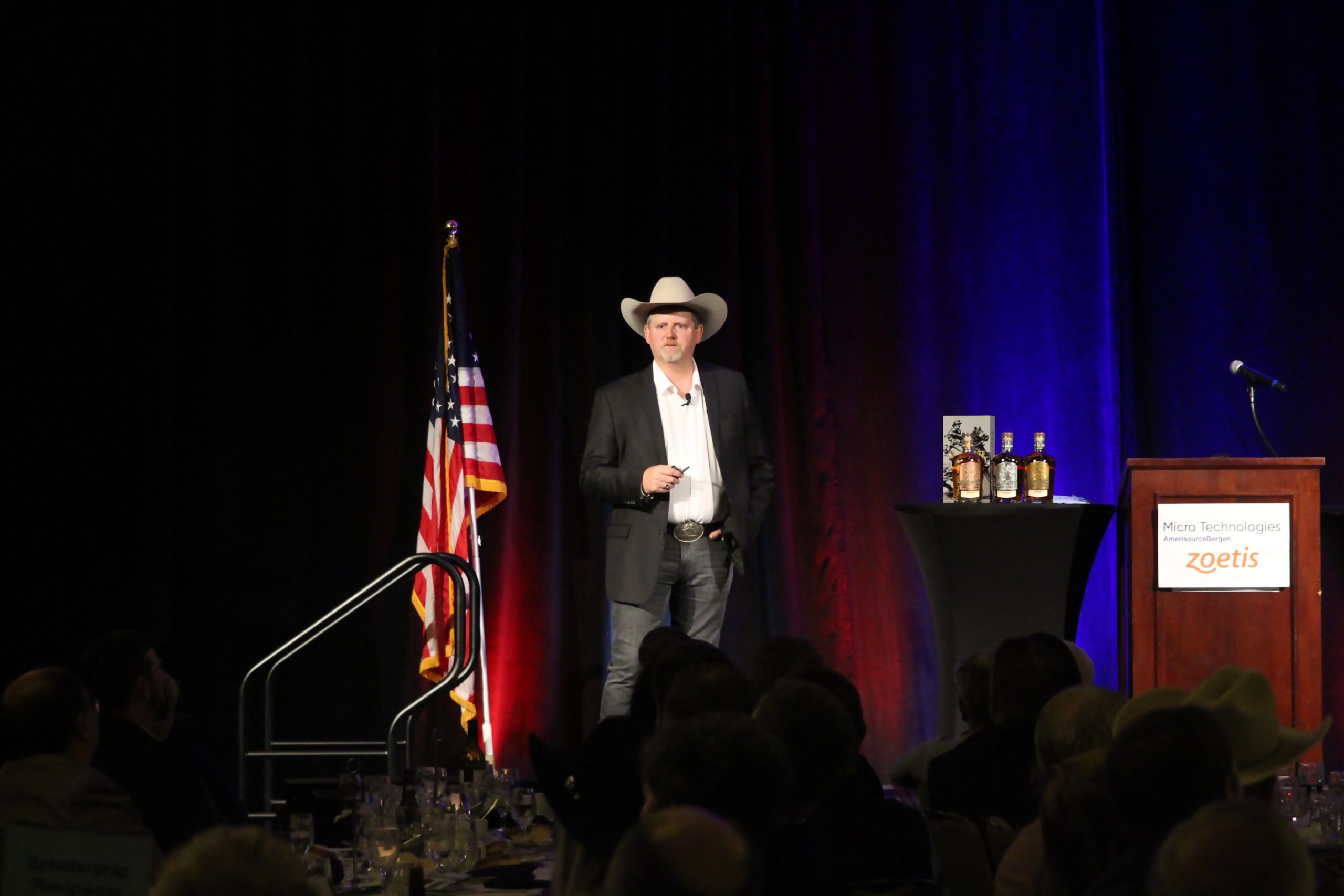 Maj. Mark Nutsch speaking to an audience gathered at the America's Response Monument overlooking the National September 11 Memorial & Museum in New York
Maj. Mark Nutsch speaking to an audience gathered at the America's Response Monument overlooking the National September 11 Memorial & Museum in New York
C&I: Did the experience in Afghanistan turn any of the guys in to horsemen upon their returns home?
Nutsch: Most of them are pretty much, “I’m never getting on another horse again!” There’s three or four of them that will ride occasionally when asked. We’ve been asked to do some horse-riding events.
C&I: Setting aside the obvious Hollywood hyperbole, what parts of 12 Strong resonated with you?
Nutsch: Was it exactly like that? No. Was it dramatized? Certainly. But there are aspects of the truth through literally every scene. Some is very accurate. It’s all certainly plausible. But some of those things happened to other special forces teams and not necessarily ours. I would say our special forces community is very proud of that movie because it does show the challenges you have in working with a partner on a very challenging mission.
C&I: You visited the set for a couple days.
Nutsch: They filmed that out in [southern] New Mexico, including White Sands. I was trying to encourage them to take the production for one day into northern New Mexico up around Angel Fire or somewhere just get them into the snow … let the audience feel how bitter cold it was. You’re sleeping outdoors in the elements and not every day was a sunny, beautiful, bright day. We got rained on, snow, sleet, hail in that experience.
C&I: Did you ever have serious doubts about the mission?
Nutsch: We lost 20–25 pounds of body weight in that month. You’re running on about two to four hours of sleep night after night after night. But we were confident we were the team that could get this done. This team of guys coming together and figuring it out and taking action was what that mission was all about. That mission of retribution turned into a mission of liberation.
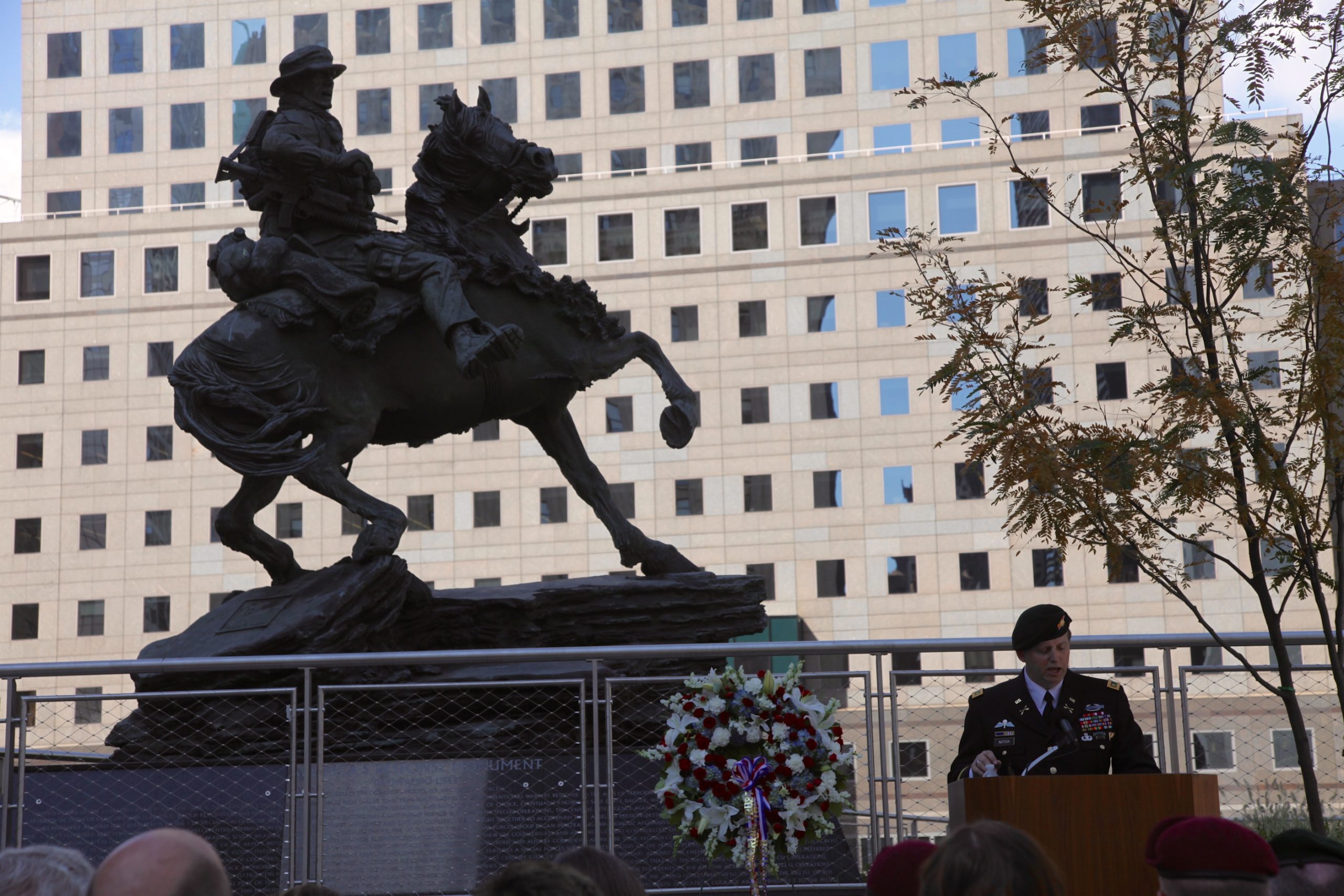 9/11 monument, dedicated in November 2022, on the courthouse square in downtown Washington, Kansas. The monument mural, by artist Stan Eisentrager, recognizes the work of Washington County native Mark Nutsch and his U.S. Army Special Forces team.
9/11 monument, dedicated in November 2022, on the courthouse square in downtown Washington, Kansas. The monument mural, by artist Stan Eisentrager, recognizes the work of Washington County native Mark Nutsch and his U.S. Army Special Forces team.
The Next Mission: Horse Soldier Bourbon
Along with other special forces veterans, in 2016 Mark Nutsch helped launch Horse Soldier Bourbon. With its distinctive label — a bas-relief of a mounted soldier in metal pressed from molds made with steel from the World Trade Center — the bourbon has received multiple awards, including a gold medal at the 2019 New York International Spirits Competition.
So what’s the connection between elite soldiers and top-shelf bourbon?
“Bourbon is a distinctly American product,” says Nutsch. “In our travels around the world working with allies, it’s been the Americans in town that usually produce a bottle of bourbon in a meeting when we want to talk about things candidly. I’ve seen how a glass of good bourbon brings different cultures and communities together. That’s what we got excited about as we transferred from active duty to live the American dream we’ve been defending.”
For more information, visit horsesoldierbourbon.com.
Mark Nutsch shares the true-life story of helping lead what is considered the most successful unconventional warfare campaign in modern history, a victory that changed the course of our country and the world. He is represented by Keppler Speakers Bureau and enjoys sharing his experiences in special operations, leadership, and business with audiences nationally. For more information, visit kepplerspeakers.com.



